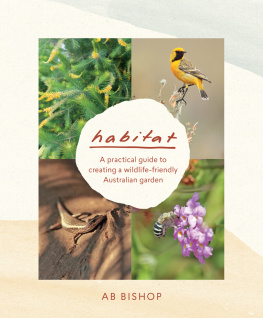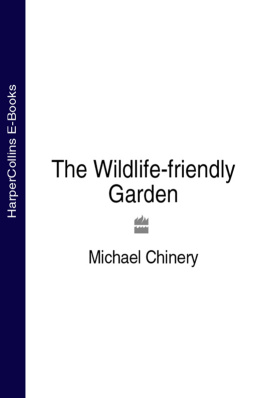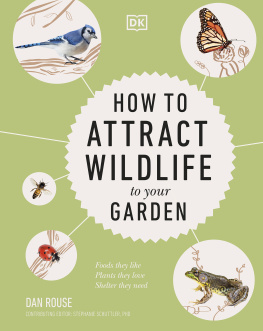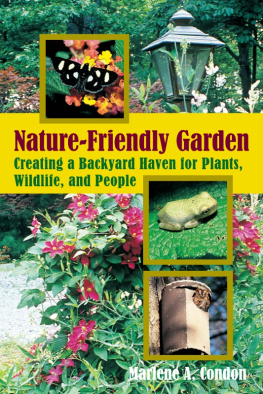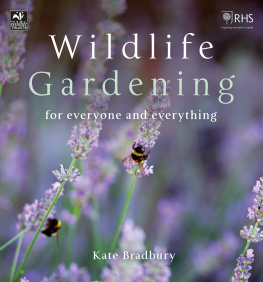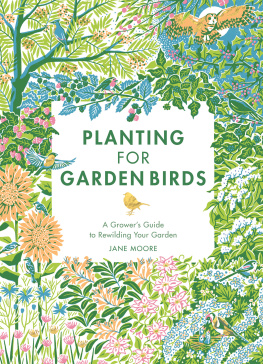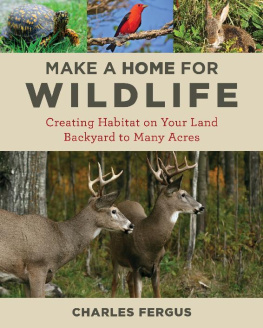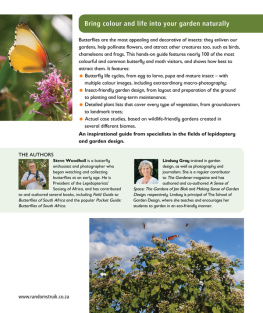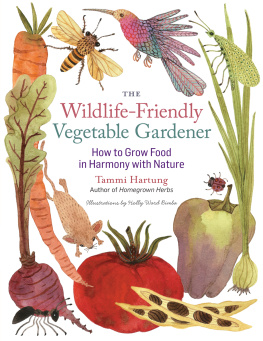Horticulturist, garden troubleshooter and writer AB Bishop believes that gardens should be created as much for encouraging and supporting wildlife as for our own enjoyment. She is co-author with Angus Stewart of The Australian Native Garden (winner of the Horticultural Media Association of Australia 2018 Book Laurel Award).
AB began her horticultural career as a landscape designer before becoming a researcher for ABC TVs Gardening Australia program, and was a writer for The Age newspaper for many years. She writes for Gardening Australia magazine, is a regular guest presenter and occasional host on Melbournes 3CR gardening program, and gives talks for libraries, plant groups (including Royal Botanic Gardens Victoria) and open gardens. AB, who has a strong passion for Australian plants, lives in an Environmental Living Zone to the northeast of Melbourne that protects native fauna and flora. She works part-time at Kuranga Native Nursery, a large retail nursery where shes in her element, surrounded by thousands of native plants and like-minded people.
To my sister Shel for introducing me to the joys of birdwatching and allowing me to share your bird-hides, even though I rarely sat still.
To my cousin Kathy whose empathy for animals and staunch commitment to veganism under adversity constantly inspires me.
To Sage: whenever I felt despondent about yet another sad environment news story, your growing presence reminded me why this book is important.
To Ray, for your selfless support and encouragement while I wrote this book; for quelling my stress-induced anxiety with hugs, cups of tea and chocolate, for judiciously ignoring my expanding piles of mess, for working out where the vacuum lived and even using it once or twice, but most of all for sharing your life with me. I love you.
a wildlife-friendly garden
As a horticulturist, I obviously love plants. Growing fruit and veggies brings so much joy the planning, planting and growing but, most especially, the harvesting, eating and sharing. I certainly appreciate and grow exotics, perhaps because Im not Aussie-born, but native plants are my passion. Ever since I arrived here in 1981, theyve entranced me. By growing them I feel like Im growing Australia, and it seems the least I can do for a country that has given me so much.
Australian flora and fauna have evolved together, and I dont think of one without the other. When I think of correas, I immediately consider the eastern spinebills that take so much pleasure in extracting nectar from the tubular flowers the bushes shaking while the tiny birds feast within. When I think of sugar gliders, majestic eucalypt forests spring to mind; and whenever I see hakeas and she-oaks, I dream of seasonal visits from the yellow-tailed black cockatoos. All of us have our own wonderful flora and fauna associations, depending on where we live.
These relationships are visible, but I know that there must be so many that arent. Every day we read stories about amazing interactions within the natural world that have only just come to general public awareness. Who could have guessed, even ten years ago, of the fascinating complexity of the life of trees, including symbiotic relationships between them and fungi? Who would think that plants could pump out chemicals to attract predators that attack the pests that are feeding on them? Its mind-boggling, and its the reason why, in my garden, protecting and encouraging critters goes hand in glove with nurturing soil and growing plants.
Its also the reason why I chose to write this book with an emphasis on food webs and chains. Cast your mind back to school hopefully some good memories there and remember learning about the interconnectedness of nature. How grasshoppers eat grass (der!) and other plants, how frogs munch on grasshoppers, how snakes have a dietary penchant for frogs, and how brave kookaburras feast on snakes. Thats a food chain but as we know, plenty of other herbivores eat what the grasshopper eats, thus forming complicated food webs. Although its difficult to imagine the effect that the removal of one element could have within a food web , its very easy to see the impact when you consider a food chain . Remove frogs from our example, and suddenly grasshoppers have it much easier and could potentially get out of control, while snakes have lost a food source and will potentially suffer. Understanding our gardens from a food web perspective is valuable, because suddenly every element is key to the success (or not) of the other elements. Just as importantly, by creating a balanced environment our gardening will be easier, giving us more time to enjoy the fruits of our labours.
My partner Ray and I live in the bush, in Bend of Islands on the Yarra River, approximately 40 kilometres (driving) north-east of Melbourne. The roughly 600 hectare area is classed as Special Use Zone 2 (Environmental Living). Keeping pet cats or dogs or livestock is prohibited, as is property boundary fencing. Wire fences may be installed to protect a kitchen garden or areas of regenerating bush. Only indigenous plants should be grown, with the exception of those in the kitchen garden. The purpose of these rules is, in part, to protect the native flora and fauna and prevent damage to the environment. While some may see the rules as restrictions, for the community of like-minded folk who live here, the conditions are simply a commonsense requirement that helps preserve what we hold dear. I do, however, have to guiltily admit to growing various exotics in pots; they have no weed potential and seemingly no negative impact on fauna. The few non-indigenous natives in the garden remind me of when I didnt know the difference!

